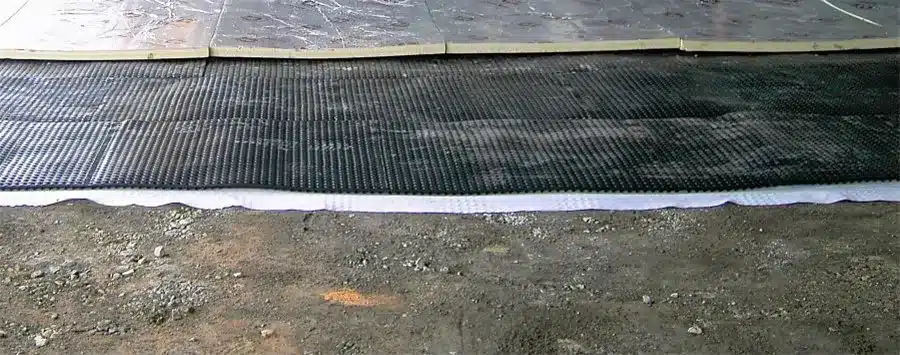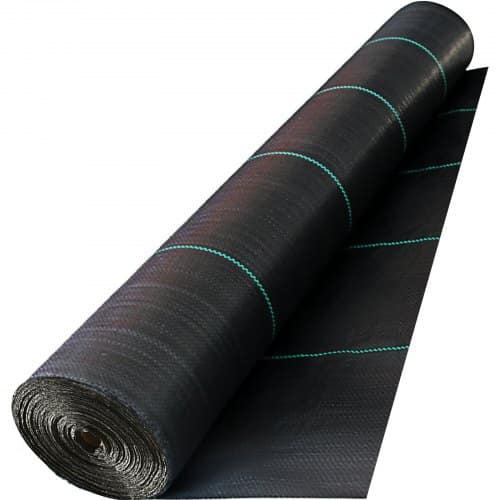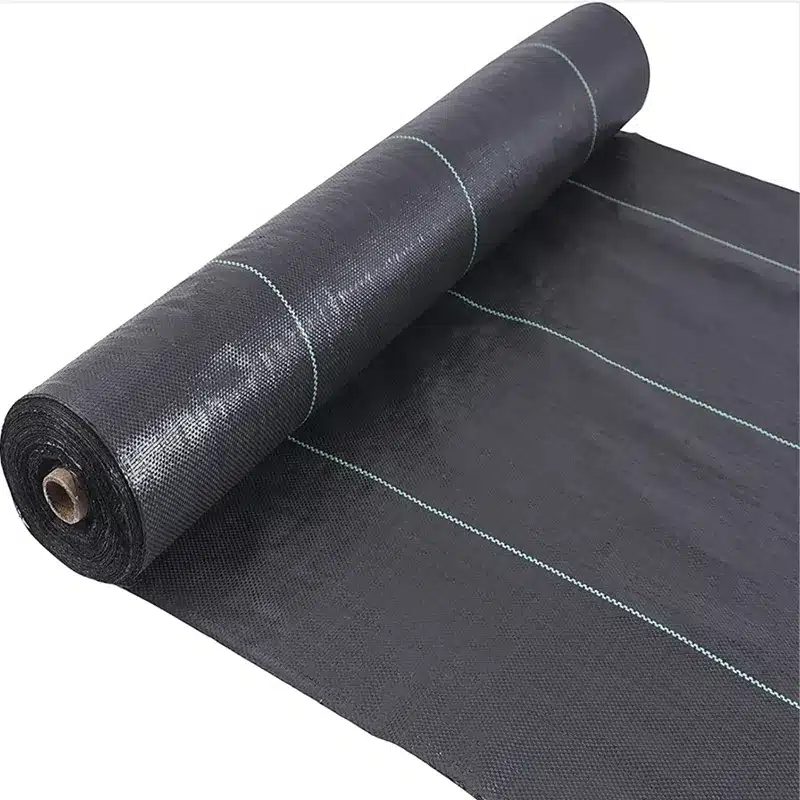+86-159 9860 6917
info@geofantex.com
geofantex@gmail.com
+86-400-8266163-44899
Typically made of durable materials like plastic or rubber, a drain strip features a narrow profile with a series of perforations or slots to facilitate water flow. It is commonly installed along the edges of driveways, patios, and other outdoor surfaces to channel water away from the area. The drain strip effectively captures and directs water, preventing potential damage caused by pooling or erosion. Its simple yet effective design makes it a practical solution for maintaining proper drainage in residential, commercial, and industrial settings.

How does a strip drain work?
- Collection of Water: The strip drain consists of a narrow trench filled with coarse gravel and a perforated pipe or geocomposite drain at the bottom. Surface or subsurface water enters through the gravel, which filters out debris.
- Water Percolation: Water seeps through the gravel and enters the perforated pipe or geocomposite drain, allowing efficient collection over a wide area.
- Transportation of Water: The perforated pipe or geocomposite drain channels collected water away from the area. Pipes are sloped for gravity-driven flow toward a designated outlet (storm drain, retention pond, etc.).
- Discharge of Water: Water exits the strip drain safely into a drainage system or disperses in a controlled manner, preventing pooling and erosion.
- Benefits:
- Efficient Drainage: Prevents waterlogging, soil erosion, structural damage, and plant root rot.
- Low Maintenance: Gravel and filter system minimize clogging.
- Versatile: Suitable for residential, commercial, and industrial settings.
Why is a strip drain suitable for driveways?
A strip drain, also known as a trench drain, is particularly suitable for driveways for several reasons:
- Efficient Water Management: Driveways are prone to water accumulation, especially during heavy rains. Strip drains are designed to efficiently capture surface water and direct it away from the driveway, preventing pooling, erosion, and potential damage to the surface.
- Durability: Strip drains are often made from robust materials like PVC, HDPE, or concrete, making them durable and resistant to the harsh conditions of a driveway, including the weight of vehicles and exposure to the elements.
- Low Profile: Unlike other drainage systems, strip drains have a low profile, which means they are less obtrusive and do not interfere with the aesthetics or functionality of the driveway. They are typically installed flush with the driveway surface, ensuring smooth passage of vehicles.
- Versatility: Strip drains can be installed in various configurations to suit different driveway designs and layouts. Whether the driveway is sloped or flat, a strip drain can be strategically placed to ensure optimal water diversion.
- Prevention of Structural Damage: By effectively removing water, strip drains help to prevent water infiltration into the sub-base of the driveway. This reduces the risk of freeze-thaw cycles that can cause cracks and potholes, thus prolonging the life of the driveway.
Overall, strip drains offer a practical and efficient solution for managing water runoff on driveways, contributing to both the longevity and safety of the driveway surface.
What does a strip drain look like?
A strip drain, as the name suggests, is a drain that looks like a strip—a thin and narrow drain that can span long lengths over various depths. They can be referred to as linear drains, trench drains (as it is a drainage trench with a drainage strip grate insert), and channel drains.
How many falls do you need for a strip drain?
For a strip drain to function effectively, a slight slope is necessary to guide water toward the outlet. The typical recommended gradient is 1%–2% (1–2 cm drop per meter of drain length).
Key considerations for slope and installation:
- Uniform Slope: Maintain a consistent slope along the entire length of the drain to prevent water pooling at low points.
- Floor Gradient: Ensure that the surrounding surface or floor also slopes slightly toward the strip drain to maximize water collection.
- Outlet Positioning: Position the end of the drain to discharge water safely into a stormwater system, retention area, or soakaway pit.
- Longer Runs: For extended drain lengths, verify that the slope is adequate to maintain flow velocity and avoid sediment accumulation.
By adhering to a 1%–2% slope, strip drains efficiently collect and transport water, reducing the risk of waterlogging, erosion, and surface damage. Proper slope design is crucial for optimal performance and long-term durability.



Get Free Sample
We’ll respond as soon as possible(within 12 hours)






















